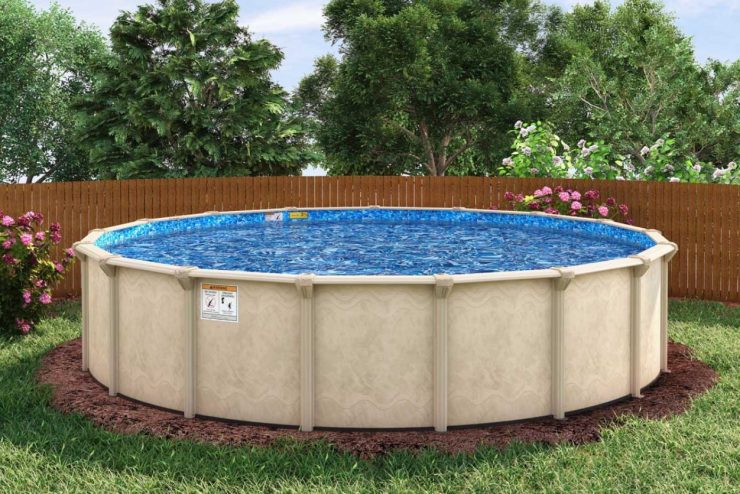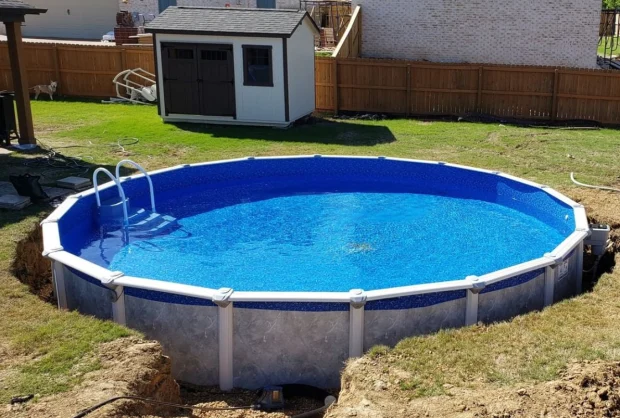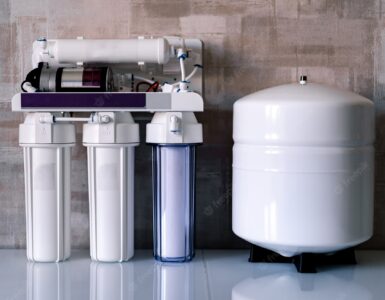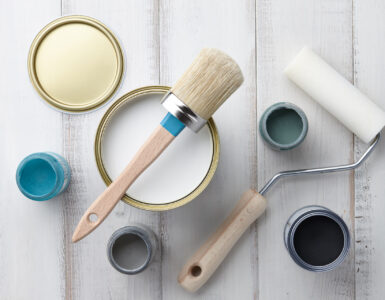There are several questions that you should consider if you are planning to install a pool in your backyard. This project requires a lot of information, adequate space, materials and equipment. In addition, it is important to choose the right model. Therefore, installing a swimming pool requires a lot of thought.
Your safety is a priority, as are local laws. That is why one of the most important questions concerns the distance of the pool from your home. In order to answer this question and provide you with many other information on this topic, please continue reading.
How close to the house can an above ground pool be?
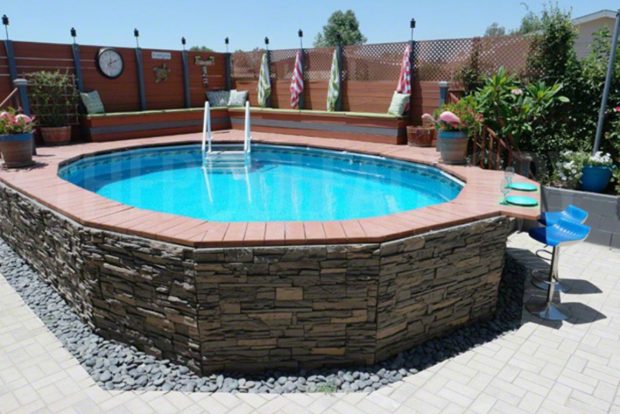
The pool should be around 5 to 10 meters away from your home. The reason is to protect the electrical wiring, because water is a great danger. The consequences can be very serious and expensive. In order to fully protect yourself, it is best to place your pool as far away as possible. Of course, be sure to check local zoning regulations before the decision. The distance of the pool can be affected by various factors such as protected areas, water drainage and the like. If you get this wrong, the law will force you to move the pool, which is a very expensive and complicated task that we do not recommend to anyone.
Where to put an above ground pool?
Before you decide to install a pool, you need to choose a place to put it. Popular options are grass, concrete, pavement, gravel or dirt. Concrete is a good option because it is flat and smooth.
One of the biggest advantages of concrete is that nothing can pass through it such as grass or small animals that will damage the bottom. Equally good options are grass or dirt, but you need to level the ground properly beforehand.
Is it necessary to put a base under the pool?
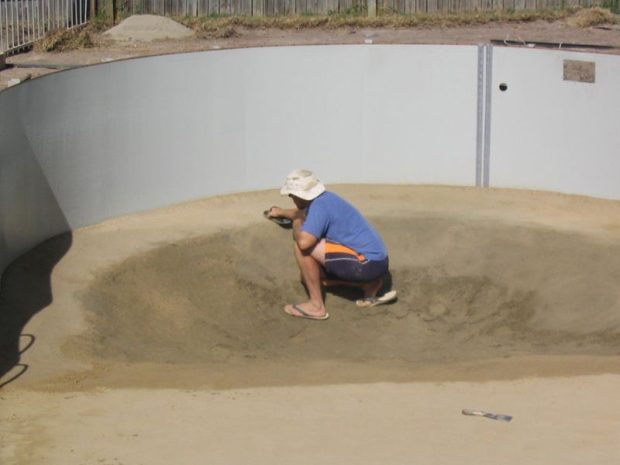
Once you have determined the place where the pool will stand, it is time to lay the base on which it will be installed. If you are not sure which material is the best base, you should consider the potential accidents. One of the most common types of damage is bottom scratches or punctures. Mold appears equally often. The pad protects you from all that, but also gives you a comfortable feeling while bathing. In addition, it makes cleaning process simpler and easier. You can opt for sand or an pool pad. There are several different methods of installing the pad, and it all depends on the model of the pool. After you’ve laid the base, installed the prefab pool, filled it with water, and added chemicals to keep the water clean, you’re ready to enjoy.
For example, if you have a pool with an inflatable ring, you should first spread it on the pad. Pay attention to the wrinkles that appear on the bottom, try to straighten them and start filling with water. Once you’ve filled the pool, start pulling and leveling the edges to fill every part of the pool with water. You will get the final look of the pool only when it is completely filled with water.
Pools with metal construction are much stronger than the previous model, and the installation process begins with joining the metal parts. Once you’ve done that, simply fill the pool with water and let the fun begin. They are generally large in size, which means that the user has a lot of options. If you don’t want to build a base, check localpools.com.au and find simpler solutions.
Maintenance of the above-ground pool
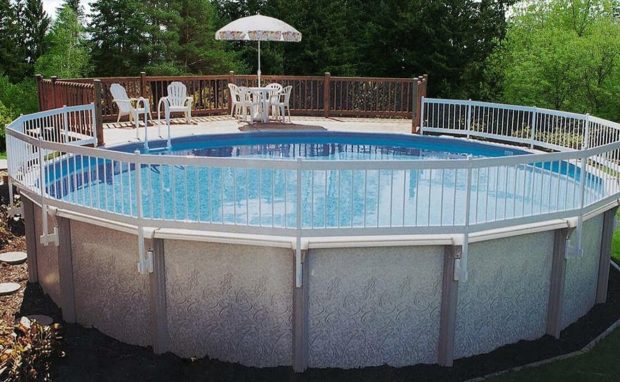
Maintaining this type of pool is not at all an easy task for the owner. Because of this, inexperienced owners often make mistakes, because they take this job lightly and make wrong estimates. If you don’t want to incur additional costs and waste too much time solving problems, learn everything about the maintenance of a prefab pool in time. You need to keep the water crystal clear and bacteriologically correct. You will achieve this with different treatments. First, you’ll remove all visible dirt with a cleaning kit. You can also use an automatic vacuum that will pick up all the dirt from the bottom of the pool. An indispensable part of swimming pool maintenance is chemical treatment that contributes to the regulation of the pH value and disinfection of the water.
You can opt for a manual or automatic chlorine and pH meter. Finally, you must not forget to constantly control the quality of the water. For this purpose, you will need a test tube, which you will fill with water from the pool, and then add drops of chlorine reagent into it. After the water is ready to measure, compare it to the scale. You must never determine the amount of chlorine and other chemicals using the approximate method, because they are in direct contact with your skin, eyes and mouth. So it’s important to dose with chemicals for health reasons. Familiarize yourself with the correct way to measure water quality, as well as with the products you use.
You must have heard about the shock treatment, that is, chlorine in the granuloma, which is used after filling or when the water is neglected. However, you must not use the treatment during the day due to high temperatures. Weather conditions have the greatest influence on this treatment. Due to the high temperature of the water and UV rays, all the chemicals will wash away and create a dangerous bathing environment. That’s why experts recommend shock treatment only in the evening. It is also important to clean the filters regularly, but do not overdo it. Use the pressure gauge on the filter as a guide. After you finish swimming, be sure to cover the pool to prevent the water from getting dirty.
Conclusion:
Although installing a pool is a serious project, it doesn’t have to be that difficult. All that is required is to acquire the necessary material and knowledge. Before beginning installation, consider your yard conditions, anticipated pool activities, and other important items. Try to imagine what kind of pool you want and how it will serve you. A big part of the planning is elements such as the pool deck, sunbeds, waterfalls and many others. Before that, make sure that you have chosen a suitable place for the pool. This means that you have previously checked whether it is completely safe for you and others.

